Kitchen countertops serve as both functional work surfaces and focal points in the culinary space, and selecting the right finish can significantly impact the overall look and feel of your kitchen. From sleek and polished surfaces to rustic and textured finishes, there are various options available to suit every style and preference. Let’s talk about kitchen countertop finishes to understand the different types, their characteristics, and considerations for choosing the perfect finish for your kitchen.

Polished Finish: Classic Elegance
A polished finish is perhaps the most popular and timeless choice for kitchen countertops, known for its glossy appearance and smooth texture. This finish is achieved by grinding and buffing the surface of the countertop to create a reflective sheen, enhancing the natural beauty of the material. Polished finishes are commonly associated with granite, marble, and quartz countertops, lending an air of sophistication and luxury to any kitchen space.
Apart from its aesthetic appeal, a polished finish offers practical benefits such as resistance to stains, scratches, and heat. The smooth surface of polished countertops is easy to clean and maintain, making it an ideal choice for busy kitchen environments. However, it’s essential to note that polished finishes may show fingerprints, water spots, and smudges more visibly than other finishes, requiring regular wiping and upkeep to maintain their pristine appearance.
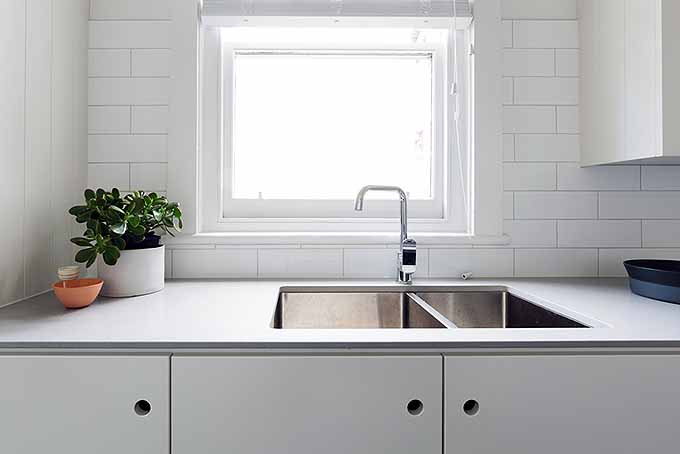
Honed Finish: Subtle Sophistication
A honed finish offers a softer and more understated aesthetic compared to polished surfaces, with a matte or satin-like appearance that exudes elegance and refinement. This finish is achieved by grinding the surface of the countertop to remove the outer layer, resulting in a smooth yet non-reflective finish. Honed finishes are commonly found on natural stone countertops such as marble, limestone, and soapstone, offering a unique and tactile appeal.
One of the main advantages of a honed finish is its ability to conceal minor scratches, etching, and imperfections more effectively than polished surfaces. The matte texture of honed countertops also provides a better grip for food preparation tasks such as chopping and slicing, making it a practical choice for culinary enthusiasts. However, honed finishes may require more frequent sealing than polished surfaces to protect against stains and moisture absorption, so regular maintenance is essential to preserve their appearance and performance.
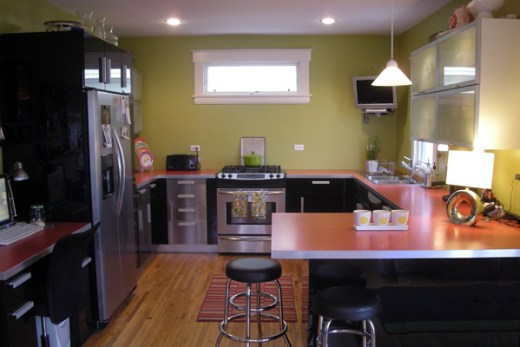
Leathered Finish: Textured Elegance
A leathered finish offers a distinctive and tactile alternative to traditional polished or honed surfaces, with a textured appearance reminiscent of natural leather. This finish is achieved by brushing the surface of the countertop with diamond-tipped brushes, creating a subtle texture that enhances the stone’s natural characteristics. Leathered finishes are particularly popular for granite and quartzite countertops, adding depth and visual interest to the kitchen space.
One of the key benefits of a leathered finish is its ability to conceal fingerprints, water spots, and other minor imperfections more effectively than polished surfaces. The textured surface also provides better traction and grip, making it ideal for high-traffic areas such as kitchen islands and breakfast bars. Additionally, the matte appearance of leathered countertops complements a wide range of design styles, from rustic farmhouse to modern minimalist.

Matte Finish: Modern Simplicity
Matte finishes offer a contemporary and understated aesthetic, with a smooth yet non-reflective surface that adds a touch of modern sophistication to any kitchen. This finish is achieved by treating the surface of the countertop with a matte sealant or topcoat, resulting in a velvety texture that is both visually appealing and practical. Matte finishes are available in various materials, including quartz, solid surface, and laminate countertops, offering versatility and flexibility in design.
One of the main advantages of a matte finish is its ability to minimize glare and reflections, creating a more relaxed and inviting atmosphere in the kitchen. Matte countertops are also less likely to show fingerprints, water spots, and smudges compared to polished surfaces, making them easier to clean and maintain. Additionally, matte finishes can complement a wide range of cabinetry, hardware, and fixtures, allowing for endless design possibilities and customization options.

Common Mistakes to Avoid:
Choosing the Wrong Finish for the Material: Each countertop material may respond differently to various finishes. Ensure that the finish you choose complements the inherent characteristics and properties of the material to achieve the desired aesthetic and performance.
Ignoring Maintenance Requirements: Different finishes may have varying maintenance needs, such as sealing, cleaning, and care. Be sure to understand and adhere to the recommended maintenance guidelines for your chosen finish to preserve its appearance and longevity.
Overlooking Compatibility with Kitchen Design: Consider how the chosen finish will coordinate with other elements in your kitchen, such as cabinetry, flooring, and backsplash. Ensure that the finish complements the overall design theme and enhances the visual appeal of the space.
Not Considering Lifestyle and Usage: Take into account your lifestyle, cooking habits, and frequency of use when selecting a countertop finish. Choose a finish that can withstand the demands of daily kitchen activities and maintain its appearance over time.
Skipping Samples and Testers: Before committing to a specific finish, obtain samples or testers to evaluate how it looks and feels in your kitchen environment. Viewing samples in different lighting conditions and against other materials can help you make an informed decision.

Which countertop finish is the most durable?
Polished finishes are generally more durable and resistant to stains, scratches, and heat compared to honed or leathered finishes. However, the durability of a finish also depends on the material of the countertop and its specific properties.
Can I change the finish of my existing countertops?
In some cases, it may be possible to alter the finish of existing countertops through professional refinishing or resealing techniques. However, this process may vary depending on the material and condition of the countertops, so it’s best to consult with a professional for guidance.
Do matte finishes show fingerprints and water spots?
Matte finishes are less likely to show fingerprints, water spots, and smudges compared to polished surfaces. However, some maintenance and care may still be required to keep matte countertops looking their best over time.
Are leathered finishes more prone to staining than polished finishes?
Leathered finishes may be slightly more susceptible to staining than polished surfaces due to their textured nature. However, proper sealing and maintenance can help protect leathered countertops against stains and moisture absorption.
Can I achieve a custom finish for my countertops?
Yes, some countertop materials can be customized with unique finishes or treatments to achieve specific textures, colors, or effects. Consult with a professional fabricator or designer to explore custom finish options for your countertops.

Pin by Surfaces Group, LLC on Kitchen Countertops to Love Kitchen countertops, Kitchen

Hot Kitchen Decor Trends For 2024
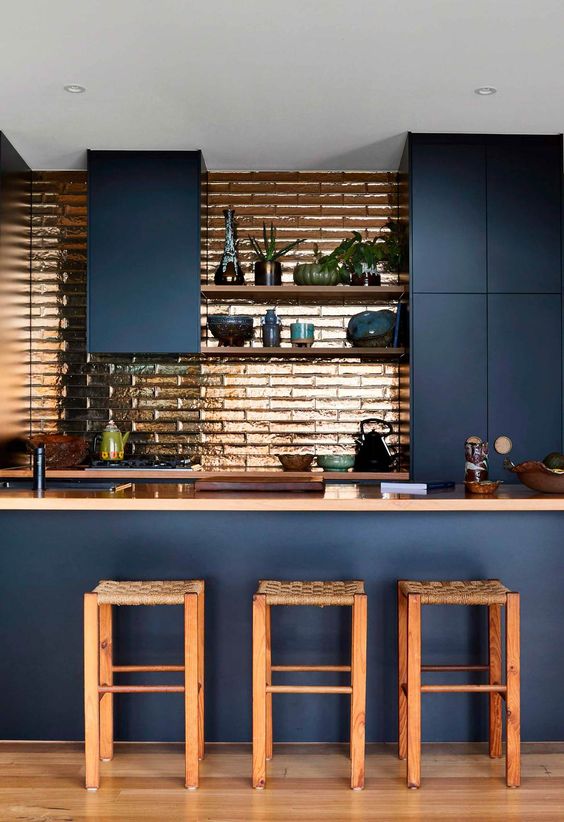
granite waterfall edge – Google Search Countertops, Waterfall edge, Kitchen remodel

Refinish Kitchen Countertops: Pictures & Ideas
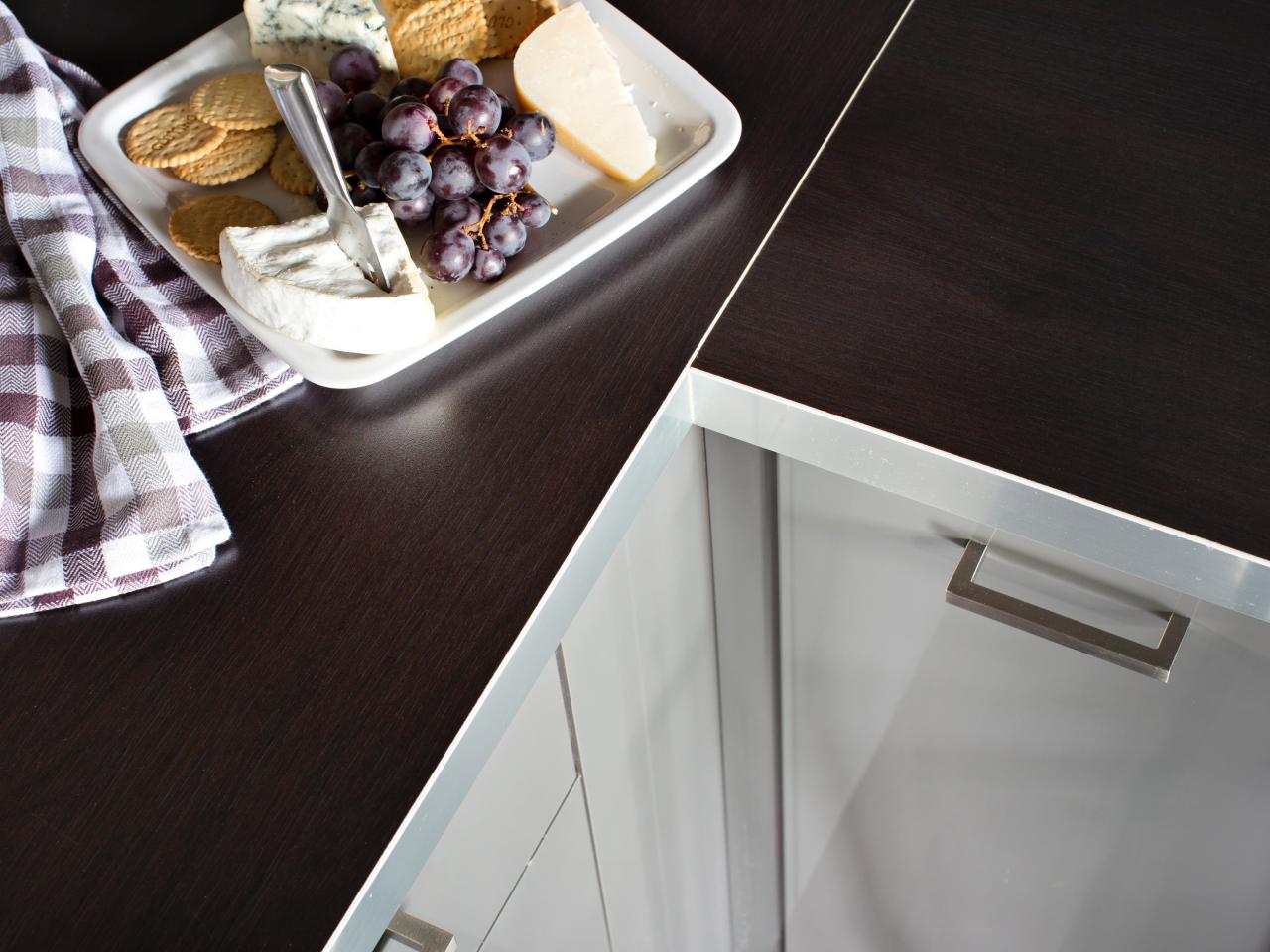
Beautiful Wood Countertop Finish

How We Finished Our Laminate Kitchen Countertop With Stone, Without Removing It!
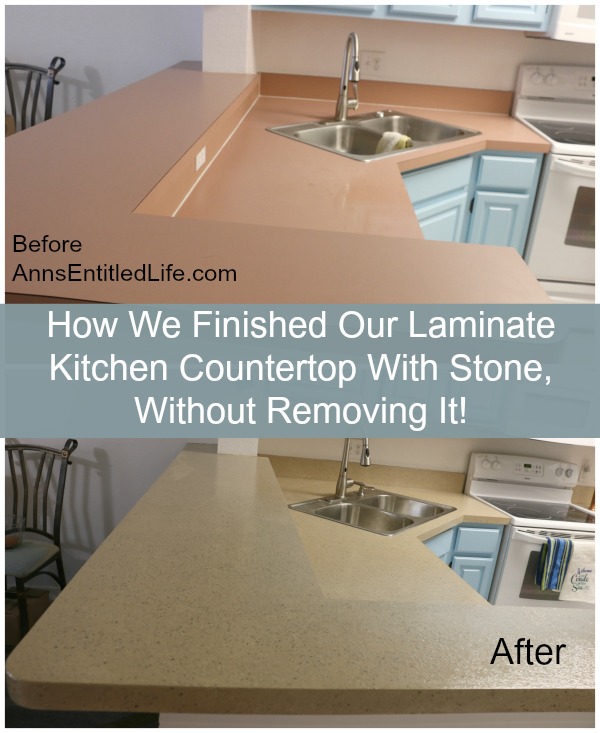
French Country Inspired Rococo Kitchen – Cabinets by Graber

Related Posts:
- Affordable Kitchen Countertop Ideas
- Kitchen Design White Countertops
- Engineered Stone Kitchen Countertops
- Gray Tile Kitchen Countertop
- Green Kitchen Countertop Options
- Kitchen Countertop Decorating Ideas
- Solid Wood Kitchen Countertops
- Average Cost Of Quartz Kitchen Countertops
- Contemporary Kitchen Countertops
- Cheap Kitchen Island Countertops